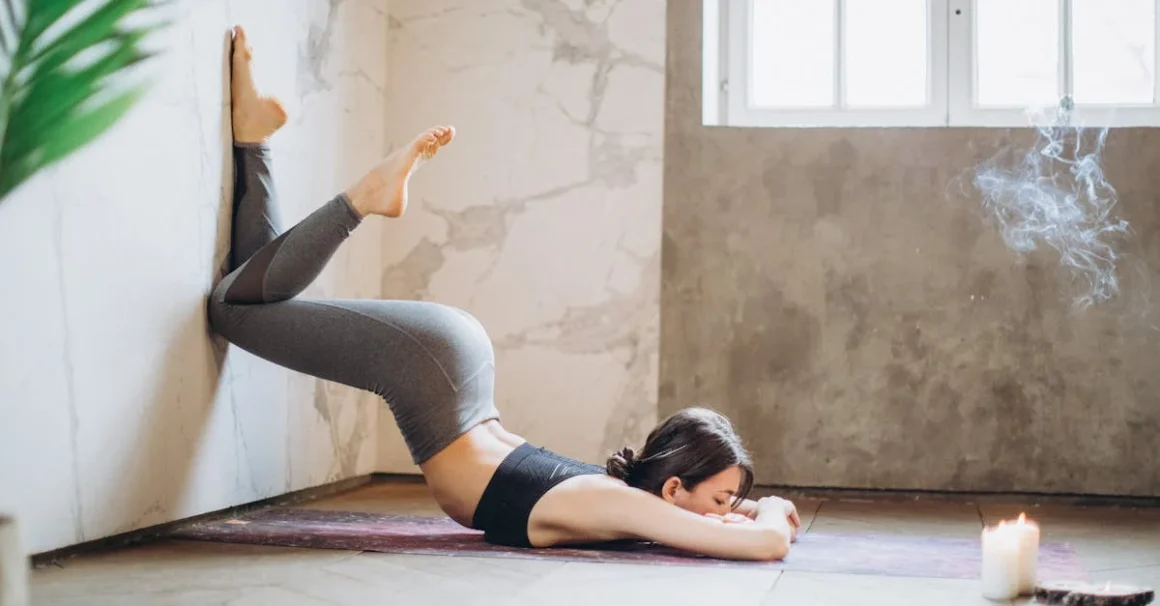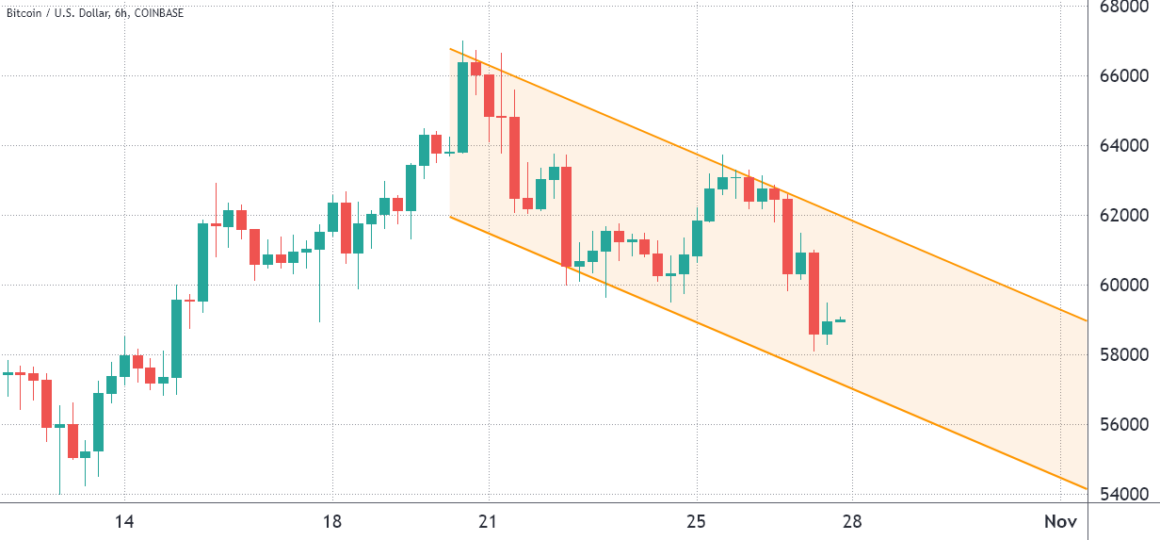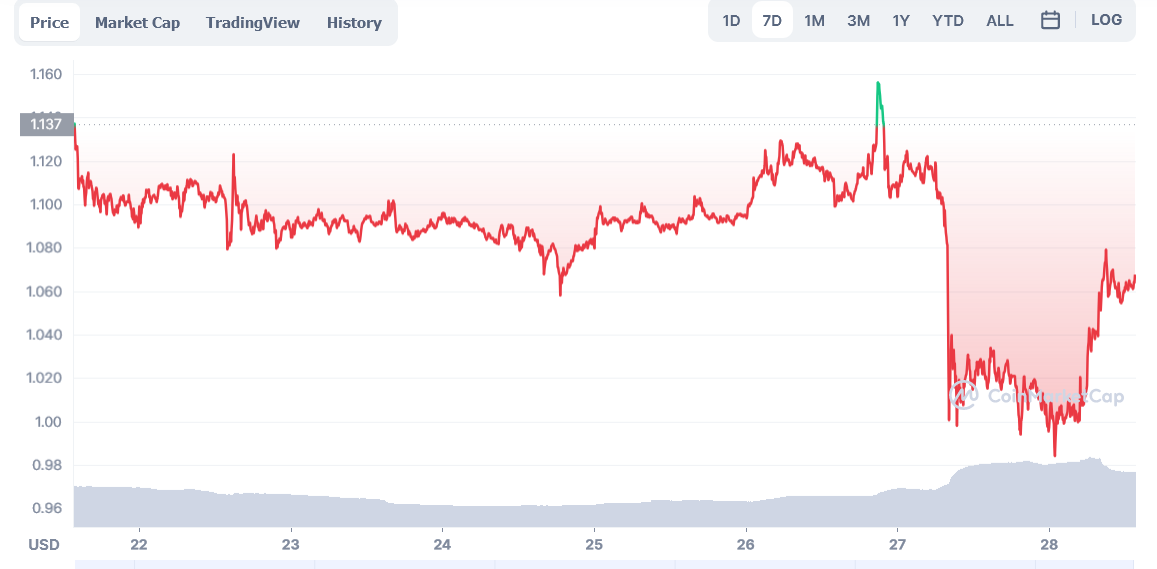Mastering poses stands as a fundamental aspect of photography and modeling that can transform ordinary shots into captivating visual stories. Whether it’s for professional headshots fashion photography or social media content the right pose can make or break an image.
Understanding pose techniques isn’t just about looking good in front of the camera – it’s about conveying confidence personality and intention through body language. From the subtle tilt of the head to the positioning of hands these small details work together to create powerful imagery that resonates with viewers. The art of posing has evolved significantly in the digital age where authenticity and natural expressions have become increasingly valued alongside traditional glamour poses.
Reference:crcxnoievcy= Poses
Reference poses serve as foundational blueprints in digital art creation, providing artists with accurate anatomical positioning and proportions. Digital artists integrate these poses into their workflow through specialized reference libraries and pose collection databases.
Types of Reference Poses
- Dynamic Action Poses
- Combat stances from martial arts references
- Sports movement sequences
- Dance positions with varied motion paths
- Static Character Poses
- Standing positions with weight distribution
- Seated arrangements for character design
- Resting poses for natural expressions
- Anatomical References
- Musculature studies from multiple angles
- Skeletal alignment guides
- Joint rotation limitations
Digital Reference Tools
Popular digital platforms offer specialized features for reference pose creation:
| Platform | Key Features | File Format Support |
|---|---|---|
| PureRef | Multi-image display, customizable layouts | PNG, JPG, PSD |
| Magic Poser | 3D model manipulation, pose library | OBJ, FBX, DAE |
| DesignDoll | Anatomical accuracy, export options | STL, OBJ, FBX |
- Base Structure Methods
- Blocking major forms with simple shapes
- Establishing line of action
- Setting proportional guidelines
- Detail Enhancement
- Adding secondary motion elements
- Incorporating environmental context
- Refining gesture lines
- Digital Integration
- Layer organization for pose references
- Opacity adjustment for tracing
- Transform tools for perspective matching
The digital art community shares reference poses through online repositories, expanding the available resources for artists at various skill levels. These repositories include categorized poses based on genre, style or artistic purpose.
Types of Reference Poses for Artists
Reference poses form essential building blocks for artistic creation across multiple disciplines. These poses break down into distinct categories that serve specific artistic purposes.
Basic Standing and Sitting Poses
Basic standing poses incorporate neutral stances with varied weight distributions between legs. Common standing poses include contrapposto positioning, front-facing military stance, three-quarter views. Sitting poses range from formal chair positions to casual floor arrangements, focusing on natural body weight placement against support surfaces.
Dynamic Action Poses
Dynamic action poses capture figures in motion through specific movement phases. These include:
- Running sequences with full stride extension
- Combat stances showing martial arts moves
- Athletic positions from sports activities
- Dance movements highlighting body flexibility
- Jump poses demonstrating peak action moments
Anatomical Reference Poses
Anatomical references display detailed musculoskeletal structures in standardized positions:
| Position Type | Primary Focus | Common Applications |
|---|---|---|
| Front View | Symmetrical muscle groups | Character design |
| Side View | Spine alignment | Medical illustration |
| Back View | Posterior muscle chains | Anatomical studies |
| Quarter View | Joint relationships | Figure drawing |
- Muscle definition during rest states
- Joint articulation points
- Surface landmark identification
- Skeletal alignment markers
- Tissue layer relationships
Using Digital Reference Libraries
Digital reference libraries provide centralized access to vast collections of pose references categorized by type movement angle lighting. These platforms streamline the process of finding analyzing reference poses for artists designers photographers.
Popular Reference Pose Resources
- PoseSpace offers 100000+ high-resolution poses from professional models with multiple camera angles
- SenshiStock provides downloadable pose packs specialized for manga anime character design
- SketchDaily References features timed practice sessions with rotating reference images
- QuickPoses includes 400000+ gesture drawing references sorted by duration difficulty
- Body-kun presents adjustable 3D mannequins with customizable lighting shadows
- Line of Action generates random pose sequences for gesture practice sessions
- Organize poses by categories: action static anatomical expressive
- Tag references with descriptive labels: camera angle lighting body type mood
- Create themed folders for specific projects: character designs concept art portraits
- Include metadata: pose duration difficulty level source credits
- Sort references by technical aspects: foreshortening perspective balance weight
- Build progressive sequences: basic poses to complex dynamic movements
- Document lighting setups camera settings for photo-based references
- Cross-reference similar poses from multiple angles viewpoints
Best Practices for Working with Reference Poses
Reference poses serve as foundational tools for creating accurate and dynamic artwork. The effective use of reference poses requires systematic approaches and attention to detail.
Adapting References for Your Artwork
Artists adapt reference poses through specific modification techniques to match their creative vision. Here’s how to customize reference poses effectively:
- Study multiple angles of the same pose to understand the complete form
- Break down complex poses into basic geometric shapes
- Modify proportions based on the intended art style
- Adjust lighting and shadows to match the scene atmosphere
- Combine elements from different reference poses to create unique positions
- Maintain anatomical accuracy while stylizing character features
- Document successful pose adaptations for future projects
- Copying poses exactly without considering perspective
- Ignoring weight distribution in standing poses
- Missing natural body asymmetry in bilateral poses
- Overlooking foreshortening in dynamic positions
- Creating anatomically impossible joint rotations
- Forcing the same pose across different body types
- Using low-quality references with unclear details
- Neglecting the influence of clothing on body shape
- Misaligning the center of gravity in action poses
- Applying incorrect muscle tension for the pose type
- Disregarding the natural flow of movement in sequential poses
- Using outdated reference materials that don’t reflect current standards
Building Your Own Reference Photo Collection
Essential Equipment
- A DSLR or mirrorless camera with adjustable settings
- A tripod with remote shutter release
- Studio lighting setup with at least 2 softboxes
- Plain backdrop options in white black neutral gray
- Full-length mirror for pose checking
Location Setup
- Clear 10×10 ft space minimum for full-body shots
- Neutral wall backgrounds without patterns or textures
- Even lighting distribution across the shooting area
- Non-reflective flooring surface
- Proper ventilation air conditioning for comfort
Photo Organization System
- Create main folders by pose categories:
- Standing poses
- Seated positions
- Action sequences
- Portrait angles
- Hand gestures
- Implement file naming convention:
- Date_PoseType_Angle_Version
- Use consistent abbreviations
- Include numerical sequences
- Add metadata tags:
- Lighting setup details
- Camera settings
- Subject position
- Pose description
- Reference keywords
Documentation Methods
- Record camera settings for each session
- Note lighting positions distances
- Document pose modifications variations
- Track successful challenging poses
- Create pose sequence flowcharts
Digital Storage Solutions
| Storage Type | Capacity | Backup Frequency |
|---|---|---|
| External HDD | 4TB | Weekly |
| Cloud Storage | 1TB | Daily |
| Local SSD | 500GB | Real-time |
Quality Control Measures
- Review images at 100% zoom
- Check focus sharpness
- Verify proper exposure
- Ensure consistent white balance
- Maintain backup redundancy
- Archive original RAW files
- Create edited JPG versions
- Generate thumbnail previews
- Maintain version history
- Implement regular backups
Reference poses serve as invaluable tools for artists photographers and creators across various disciplines. Through organized digital libraries systematic approaches and proper documentation these resources enable professionals to create more compelling and anatomically accurate work.
The right combination of technical knowledge proper equipment and organized reference materials empowers artists to push creative boundaries while maintaining authenticity. As digital platforms continue to evolve the accessibility and quality of pose references will only enhance making it easier for creators to bring their artistic visions to life.
Success in utilizing reference poses lies in understanding their purpose maintaining quality standards and implementing efficient organizational systems. With these foundational elements in place artists can confidently explore new creative territories and develop their unique artistic expressions.
Our Founder and Chief Enthusiast: With a background that’s a wild mix of tech enthusiasm, finance, and a short stint believing blockchain was a new martial arts technique, Matej is the heart and soul of TheBlockchainBrief.com. He’s got more passion for cryptocurrency than most people have for coffee, and that’s saying something.



